Don't shoot the messenger
On December 24, the National Assembly's Standing Committee on Information and Broadcasting, senior officers of the Ministry of Information and Pakistan Electronic Media Regulatory Authority (PEMRA) held a meeting "to discuss media related recommendations to counter terrorism".
Invitations to representatives of the media were sent out a night before the scheduled meeting. Hence the only representative of media who managed to attend the meeting was Shamimur Rahman Shami, President CPNE.
Undeterred by the poor representation of stakeholders, the meeting concluded with "recommendations for media to counter terrorism". The list of "psychosocial guidelines for media" emerging from that meeting includes: "always show good news first, and if possible at bed time also; don't repeat bad news too often; excessively highlight success in sports, etc; show positive side like people who don't commit suicide; lets not emphasize too much about smaller events like rape, robberies and murder, etc; breaking news phenomena to be discouraged".
This list of "guidelines" drew instant and deploring reactions from journalists and social activists. Bytes for All, a human rights organization focusing on the information and communication technology issued a strongly-worded press release dubbing the government initiative as an attempt "to impose McCarthyism-style regulations on the media and on the internet".
On the other hand, some of the recommendations put forth are direly needed, such as restricting the airing of footage of bereaved families and of victims of terror attacks. But in totality, the nature in which the development of a code of conduct for media outlets has so far progressed is far from ideal.
There is a wide gulf between the government, the information disseminators and the civil society; with little effort to bridge this divide. Government actions like a blanket ban on Youtube expose a lack of understanding especially when it comes to social and digital media.
Expecting journalists working in conflict zones to only report partial information is also a telling sign that the regulator does not fully comprehend or appreciate the ground realities. Given this state of affairs, devising a code of conduct that is agreeable and sustainable appears fraught with challenges.


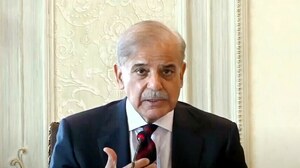



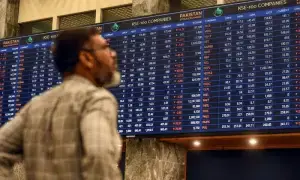
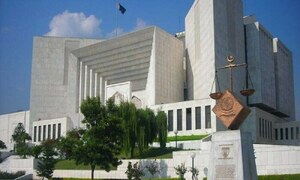





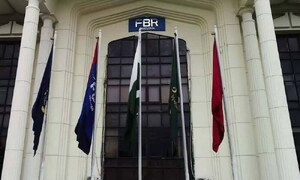
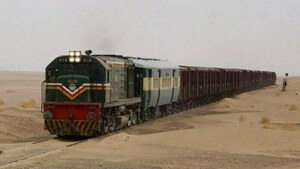
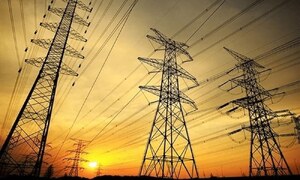
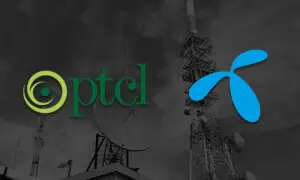
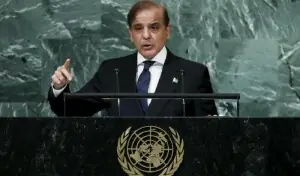

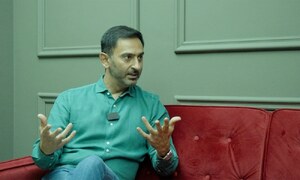
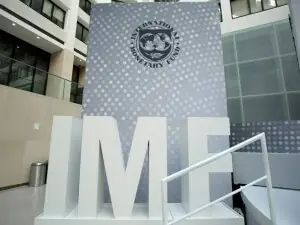
Comments
Comments are closed.